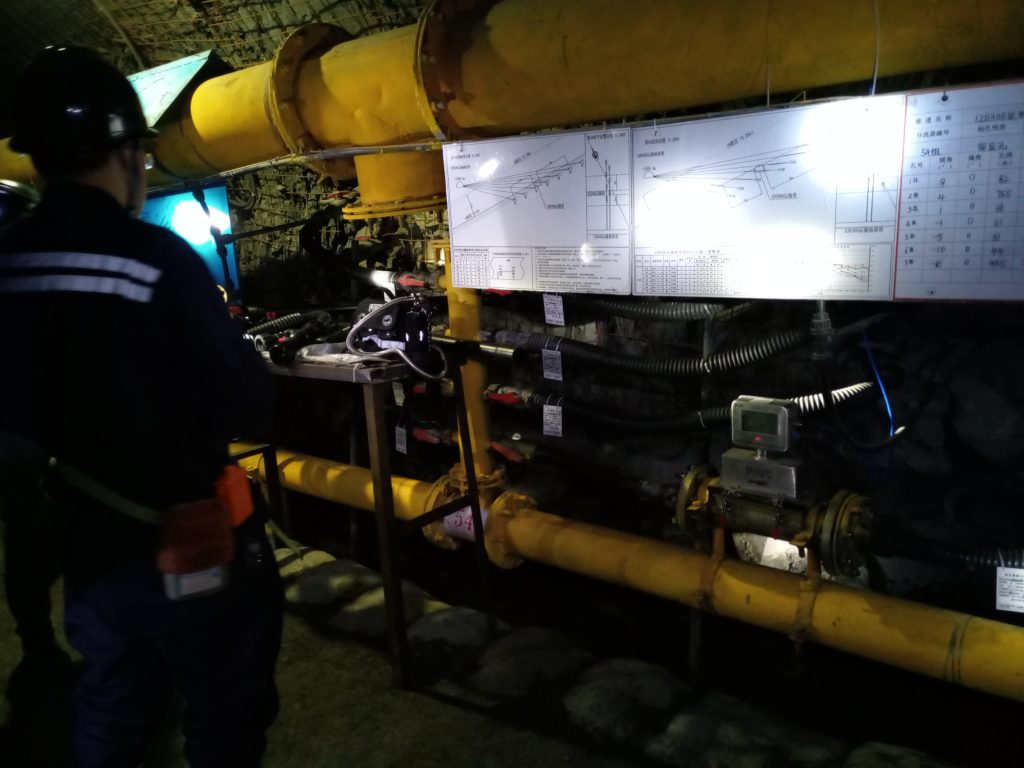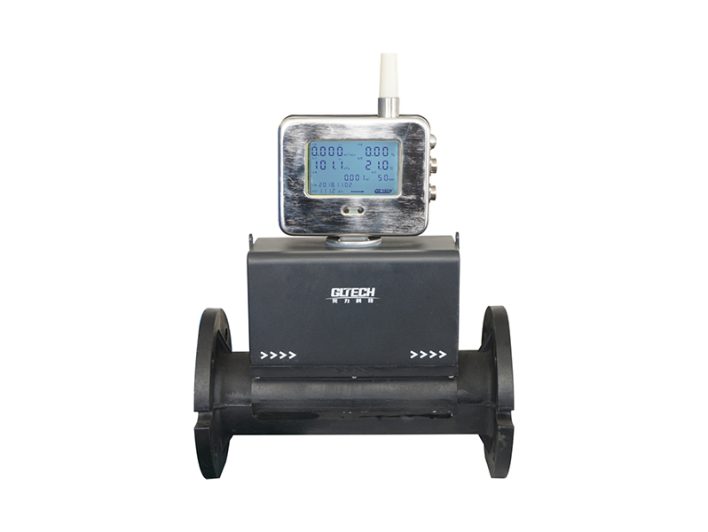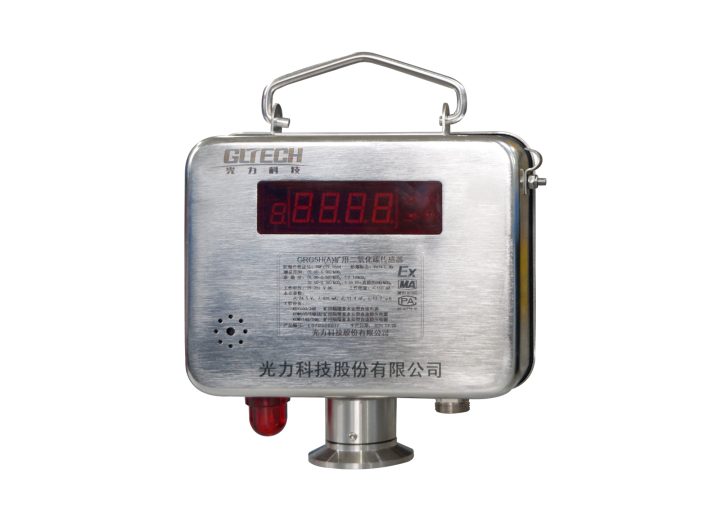I. Ensuring Mine Safety

II. Enhancing Coal Resource Utilization
Gas, as a clean energy source, possesses high utilization value. Through gas drainage, previously wasted gas resources during coal mining can be recovered and utilized for power generation, heating, and other sectors, thereby enhancing the comprehensive utilization rate of coal resources.
III. Reducing Environmental Pollution
The primary component of gas is methane, which has over 20 times the greenhouse effect of carbon dioxide. If large amounts of gas are directly emitted into the atmosphere, it will exacerbate global warming. However, by extracting and utilizing gas, significant reductions in greenhouse gas emissions can be achieved, which is of great significance for environmental protection.
IV. Complying with Regulatory Requirements
According to regulations such as the "Regulations on the Supervision of Coal Mine Safety" and the "Special Provisions of the State Council on Preventing Work Safety Accidents in Coal Mines," coal mining enterprises must adopt effective measures for gas drainage to ensure mine safety. Consequently, continuous gas drainage in coal mine underground operations is necessary to fulfill regulatory requirements.
V. Specific Drainage Methods
The primary methods for gas drainage in coal mine underground operations include mechanical exhaustion, borehole drainage, and water-sealed drainage. The specific method chosen depends on actual conditions and mining requirements. For instance, gas drainage from mining seams typically involves drilling into the coal seam, connecting the boreholes to dedicated pipelines, and extracting the gas to the surface using drainage equipment. In contrast, gas drainage from goaf areas involves drilling around the goaf area.
In summary, continuous gas drainage in coal mine underground operations is vital for ensuring mine safety, enhancing coal resource utilization, reducing environmental pollution, and complying with regulatory requirements. Through scientific and reasonable gas drainage methods and technical means, safe and efficient coal mining and sustainable development can be achieved.

Product description The wireless multi-parameter sensor for mining borehole gas (hereinafter referred to as the sensor) is used for monitoring the health status of extraction…

Product description This product regularly measures the gas concentration, negative pressure, flow rate, temperature, and carbon monoxide of drill holes. It employs innovative flow rate…

Product description GYH25(A) Intrinsically Mining Safe Ambient/Pipeline Oxygen Sensor is a fixed instrument that is used to measure ambient/pipeline oxygen concentration. GYH25(A) mine oxygen sensor…

Product description GRG5H (A) carbon dioxide sensor is specially used for online monitoring of carbon dioxide concentration in coal mines, providing reliable monitoring data for…

Product Description The CGWZ-100/350(B) and CGWZ-100/350(C) Pipeline Laser Gas Comprehensive Parameter Meters are used for monitoring the main and branch pipeline extraction parameters in coal…
We will recommend you the most suitable option according to your working conditions.
Send request
PDF-request
Just fill out the form below and the catalog will be available for download!